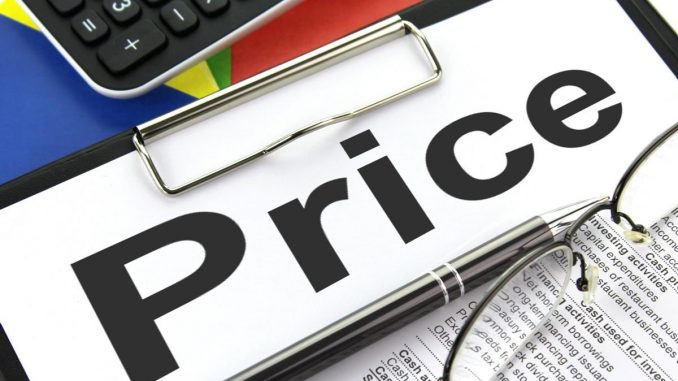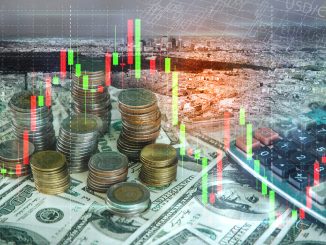
The US consumer price index rose in June, but the trend continued to point to a steady build-up of inflationary pressures that could keep the Federal Reserve headed for a gradual increase in interest rates.
The Labor Department said on Thursday that the Consumer Price Index rose 0.1% as gasoline and apparel prices fell. In May, the CPI grew by 0.2%.
In the 12 months to June, the CPI rose 2.9%, the biggest gain since February 2012, after rising to 2.8% in May. Excluding volatile food and energy components, the CPI rose 0.2%, the same as May’s gains. This led to an annual increase in the Core CPI to 2.3%, the biggest increase since January 2017. Analysts and economists had expected CPI and Core CPI to rise by only 0.2% in June.
The tightening of the labor market and rising raw material costs are expected to lead to higher inflation next year. Manufacturers face a problem with rising input costs, partly because of Trump’s tariffs on imports of lumber, aluminum and steel.
Federal Reserve officials have indicated they will not be concerned over inflation exceeding its target. The Fed has raised interest rates in June for the second time this year, and expects to raise interest rates again before the end of 2018.
On a separate note, the number of Americans filing for unemployment benefits dropped more than expected last week, to a two-month low, signaling that labor market conditions remained strong in early July.
The US Labor Department said on Thursday that initial jobless claims in the United States fell by 18,000 to 214,000 for the week ending July 7, the lowest level since early May. Analysts expected the claims to fall to 225,000 in the last week.
The data from last week also included the Independence Day holiday, which could have been used by the government to facilitate claims data for seasonal fluctuations. This may in itself have contributed to a significant drop in demand. The four-week moving average for initial claims, which is a better measure of labor market trends, has fallen, recording volatility on a weekly basis.
The US economy created 213,000 jobs in June. The unemployment rate rose to 4.0% from the lowest level in 18 years at 3.8% in May, because of more and more people entering the labor market, a sign of confidence in the labor market. The labor market is seen as close to full employment. Layoffs are still low, among a shortage of skilled workers.
The report also pointed that the number of people receiving benefits after an initial week of aid fell from about 3,000 to 1.74 million in the week ending June 30. The four-week moving average for continuing claims rose by about 9,500, to 1.73 million.




Be the first to comment